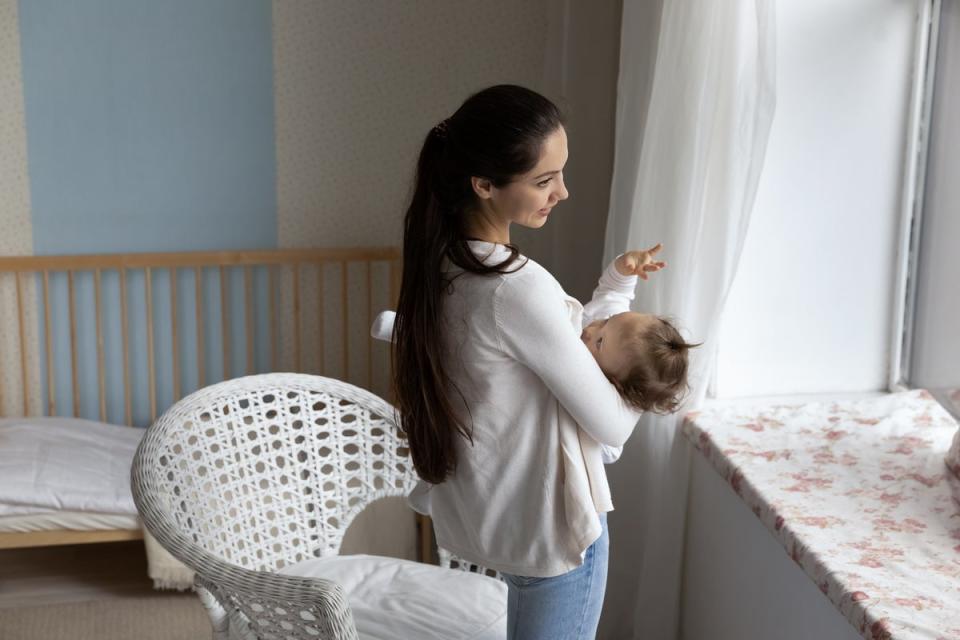What is the Ferber method of infant sleep training?
Among the many challenges parents face, arguably the most difficult is setting a sleep schedule for a new baby.
Getting an infant to sleep at specific times can seem almost impossible, and each child has their own pattern of waking and sleeping.
Parents may often have to try multiple methods to get their baby to sleep. One popular approach is the Ferber method, a sleep-training system developed by doctor and researcher Richard Ferber in 1985.
But what is the Ferber method and does it work?
What is the Ferber method?
The Ferber method has been described as a “cry it out” approach that “trains” babies to self-soothe by letting them cry for a specific period of time before parents will offer comfort.
Also known as “Ferberisation”, this method is recommended for babies that are around six months or older.
In order to use this method, parents are instructed to put their child to bed and stay away for three minutes to start, ignoring any crying or fussing the child might make.
After three minutes, they can check on the child, but should refrain from physical soothing. They then leave the child in bed again for another five minutes.

They can then visit the child a second time if they are still not asleep, before leaving again. If subsequent visits are needed, parents are advised to wait for 10 minutes between each one.
The purpose of the Ferber method is to get a child to fall asleep and stay asleep without parental soothing.
Does the Ferber method work?
Because all children are different and have different needs, the Ferber method may not work for everyone.
In 2006, psychologist Jodi Mindell, from the Children’s Hospital of Philadelphia, found that sleep training, including the Ferber method, has been linked to positive outcomes.
These include children who are less likely to resist bedtime or wake their parents up during the night after they have completed the sleep training.
These are certainly the desired outcomes for parents who are sleep-deprived and seeking to introduce schedules into their children’s lives.
However, other methods of sleep training have also been shown to have similar outcomes, including those that don’t involve “cry it out” methods.
In addition, the Ferber method is not recommended for very young babies under the age of six months old, or for children who have a great fear of being left alone.
According to Parenting Science, it is also not considered an appropriate treatment for most child sleep problems, such as nightmares and night terrors, sleep disorders such as snoring or sleep-walking, and daytime stress.
Should I try the Ferber method?
Parents should research various methods of sleep training or speak to a professional to decide what could work best for both them and their child.

The NHS recommends teaching babies that night-time is different from daytime from a very early age. This can be done by making sure there is lots of daylight and activities during the day, and switching to keeping the lights down low and using a quieter voice as it gets closer to bedtime.
“Your baby will gradually learn that night-time is for sleeping,” the health service adds.
“Be prepared to change routines as your baby grows and enters different stages,” the NHS advises. “And remember, growth spurts, teething and illnesses can all affect how your baby sleeps. If your baby is having problems sleeping or you need more advice about getting into a routine, speak to your health visitor.”

